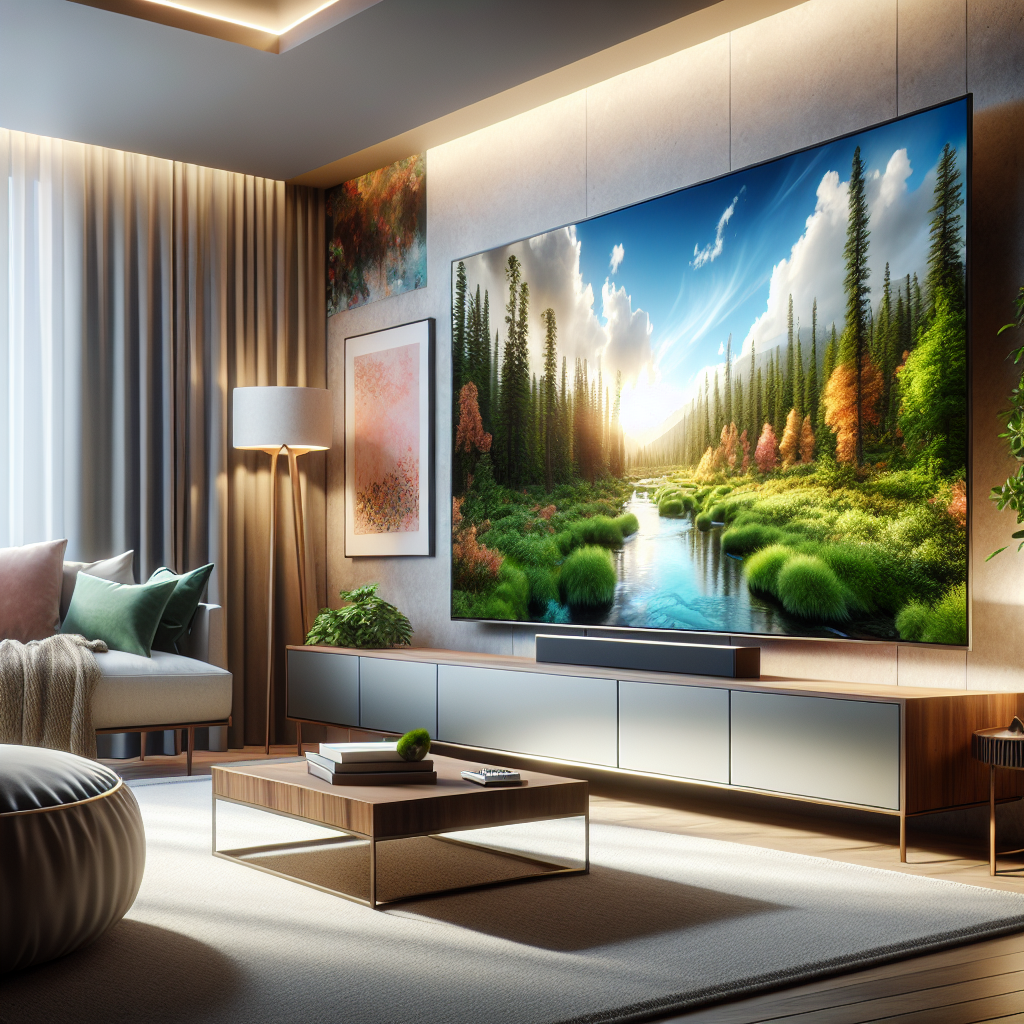
How LED TVs Work: A Simple Guide
How Does an LED TV Work?
LED TVs have become a staple in modern households, offering vibrant colors, sharp images, and energy efficiency. But have you ever wondered how an LED TV actually works? In this blog post, we’ll break down the technology behind LED TVs, explain their components, and explore why they’ve become so popular.
What is an LED TV?
To understand how an LED TV works, it’s important to first clarify what it is. An LED TV is a type of LCD (Liquid Crystal Display) television that uses Light Emitting Diodes (LEDs) as its backlight source. While traditional LCD TVs use fluorescent lights for backlighting, LED TVs rely on LEDs, which are smaller, more energy-efficient, and capable of producing better picture quality.
Key Components of an LED TV
LED TVs are made up of several key components that work together to produce the images you see on the screen. Here’s a breakdown of the main parts:
- LED Backlight: The LEDs provide the light source that illuminates the screen. These can be arranged in different configurations, such as edge-lit or full-array backlighting.
- LCD Panel: The LCD panel contains liquid crystals that manipulate light to create images. These crystals don’t emit light themselves, which is why the LED backlight is essential.
- Color Filters: These filters are responsible for producing the red, green, and blue colors that make up the images on the screen.
- Control Electronics: These components process the incoming video signal and control the behavior of the liquid crystals and LEDs.
How Does an LED TV Produce Images?
The process of creating images on an LED TV involves several steps:
- Backlighting: The LEDs emit light, which is either distributed evenly across the screen (in full-array models) or directed from the edges (in edge-lit models).
- Light Manipulation: The liquid crystals in the LCD panel adjust their alignment to control how much light passes through. This determines the brightness and contrast of different parts of the image.
- Color Creation: The light passing through the liquid crystals is filtered through red, green, and blue color filters to produce the full spectrum of colors.
- Image Display: The processed light and colors combine to form the images you see on the screen.
Types of LED Backlighting
Not all LED TVs are created equal. The type of backlighting used can significantly impact the picture quality. Here are the two main types:
Edge-Lit LED TVs
In edge-lit LED TVs, the LEDs are positioned along the edges of the screen. Light is then diffused across the screen using a special panel. This design allows for thinner TVs but may result in less uniform brightness.
Full-Array LED TVs
Full-array LED TVs have LEDs distributed evenly across the entire back of the screen. This setup provides better brightness uniformity and allows for local dimming, where specific areas of the screen can be dimmed independently to enhance contrast.
Advantages of LED TVs
LED TVs offer several benefits that make them a popular choice among consumers:
- Energy Efficiency: LEDs consume less power compared to traditional fluorescent backlights, making LED TVs more energy-efficient.
- Better Picture Quality: LED TVs provide higher contrast ratios, deeper blacks, and more vibrant colors.
- Slim Design: The compact size of LEDs allows manufacturers to create thinner and lighter TVs.
- Long Lifespan: LEDs have a longer lifespan compared to fluorescent lights, ensuring your TV lasts longer.
Common Misconceptions About LED TVs
There are a few misconceptions about LED TVs that are worth addressing:
- LED TVs are not OLED TVs: While both use LEDs, OLED (Organic Light Emitting Diode) TVs are a different technology where each pixel emits its own light, eliminating the need for a backlight.
- LED TVs are still LCD TVs: The term “LED TV” can be misleading, as these TVs still use an LCD panel. The “LED” part refers to the backlighting technology.
Conclusion
LED TVs are a remarkable blend of advanced technology and practical design. By using LEDs as a backlight, they offer superior picture quality, energy efficiency, and sleek designs. Whether you’re watching your favorite movies, playing video games, or streaming shows, an LED TV provides an immersive viewing experience. Now that you know how they work, you can better appreciate the technology behind the screen the next time you turn on your TV.

